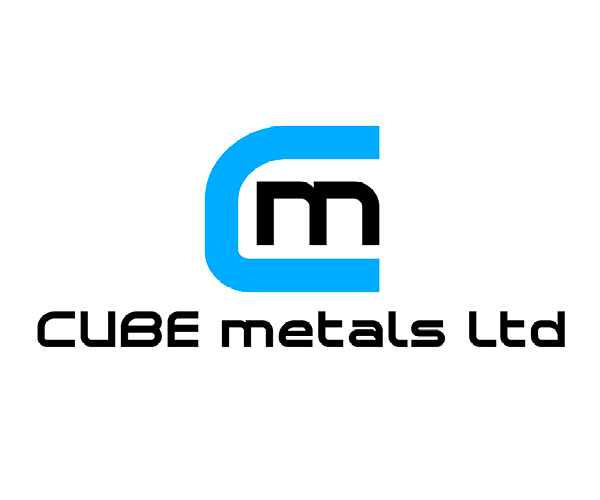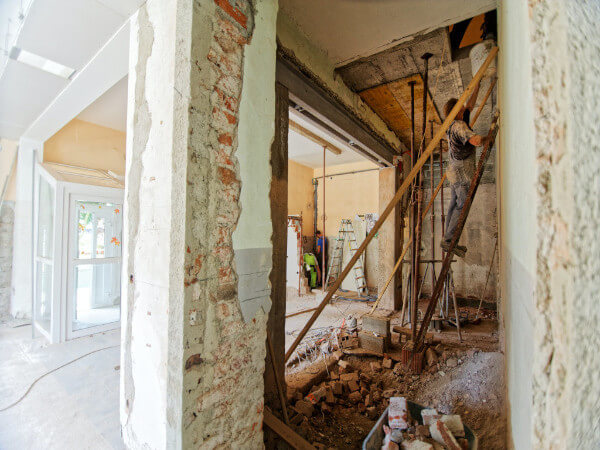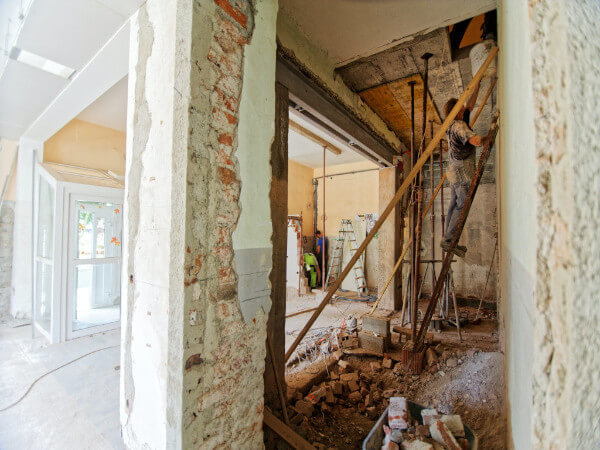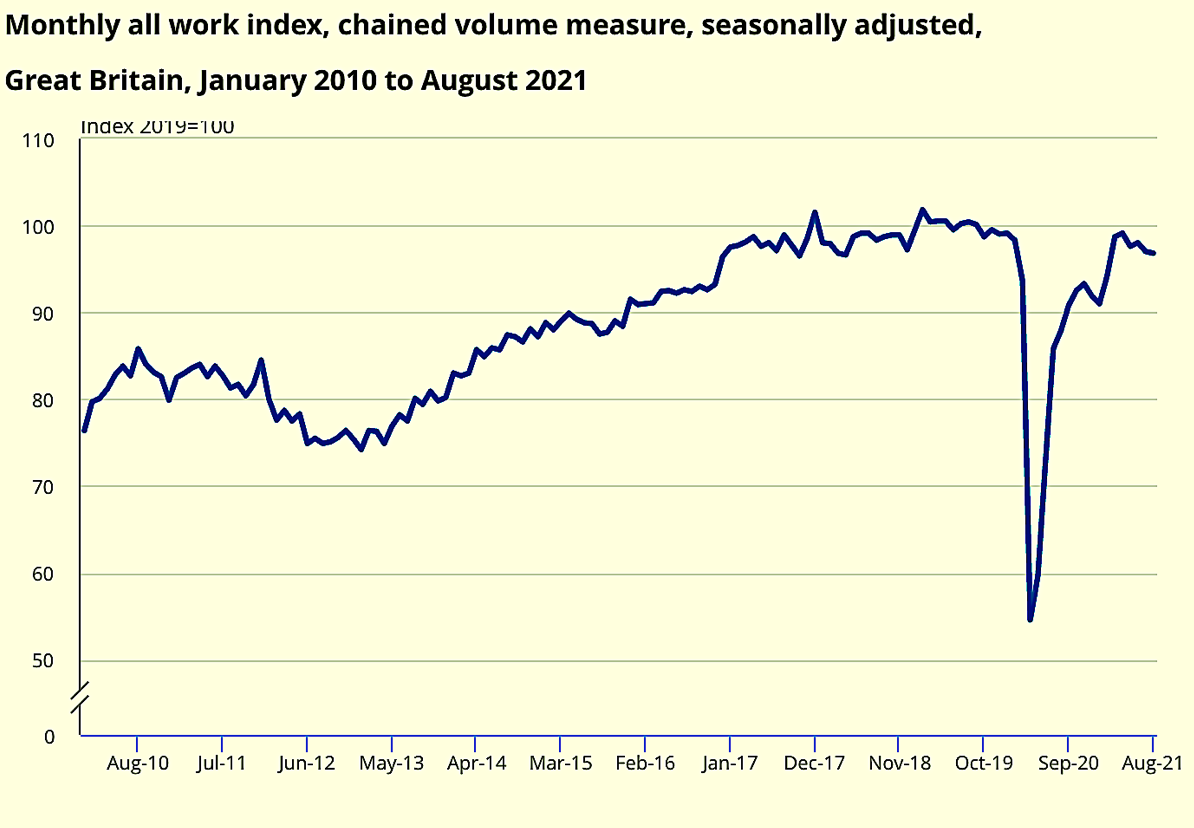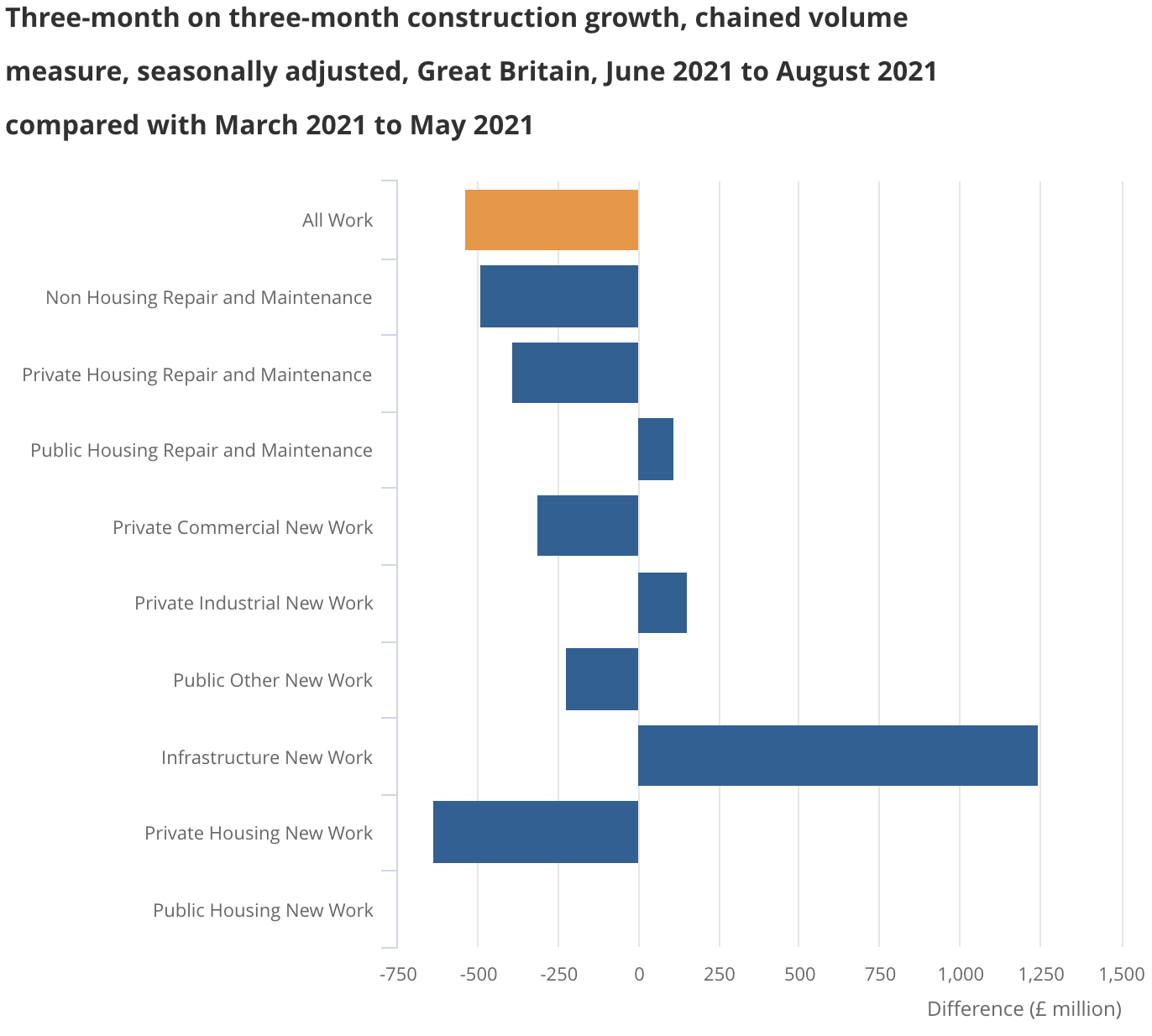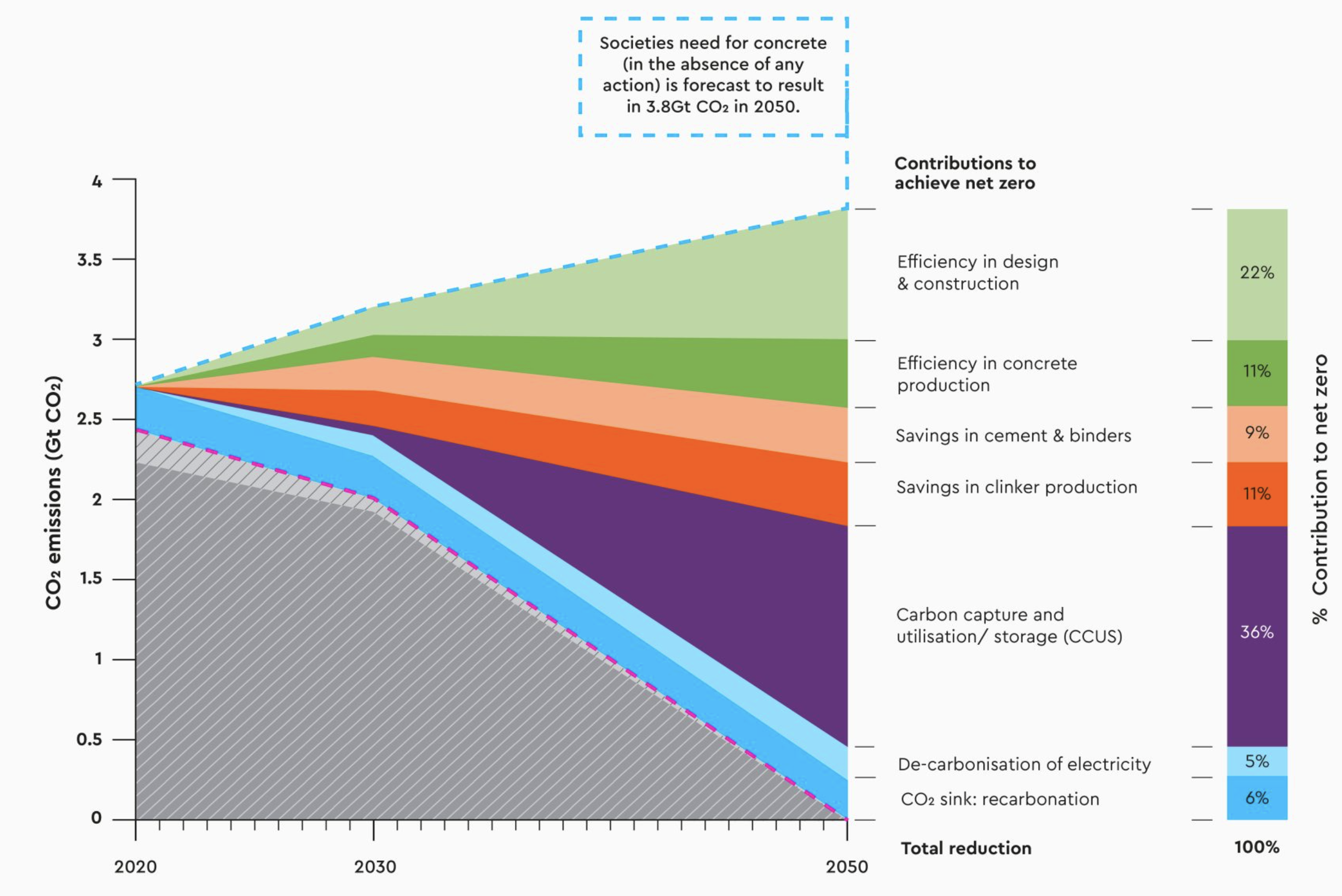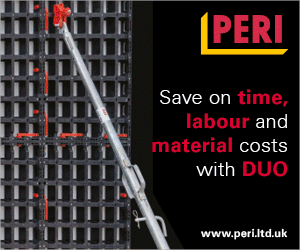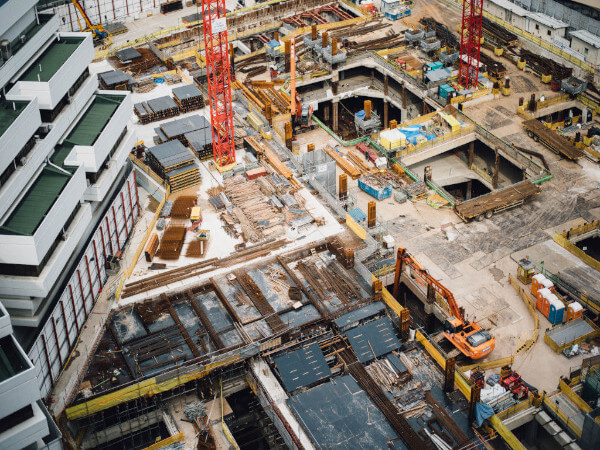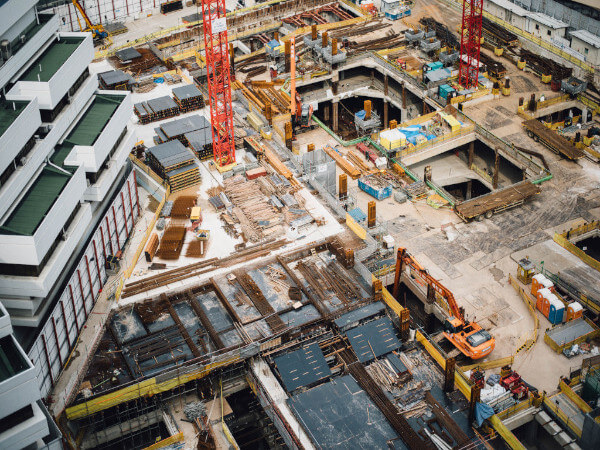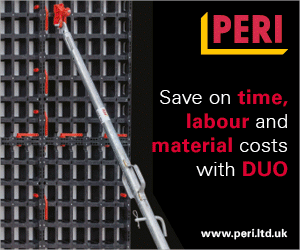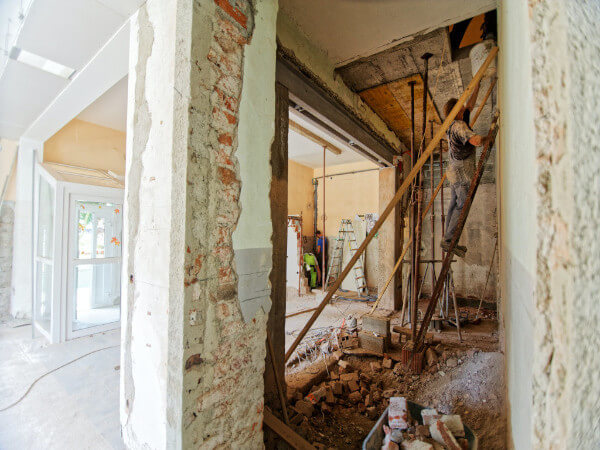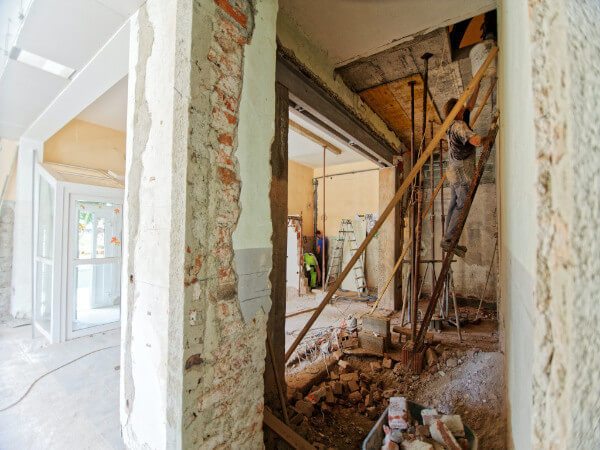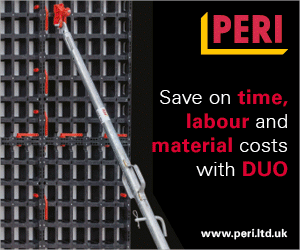
On the heels of Autodesk University, including dozens of engaging sessions from industry-leaders about the importance of data, the term “platform” came up often. But what does that concept really mean? A true platform is more than just a list of APIs connected to a SaaS solution. It provides a single experience where designers, engineers, and builders can harness the data and tools they need whenever and wherever they need them.
So, how can you ensure you’re getting a true platform experience? We cover top takeaways from the podcast below, including how to evaluate construction platforms and technology, and what to expect from data and digitization in the future.
Jim Lynch, Senior Vice President & General Manager, and Sid Haksar, Head of Construction Strategy, both with Autodesk, join the show to answer that question. Plus, they share pivotal moments from Autodesk University, discuss how to evaluate platforms and construction technology to ensure alignment to your business needs, and offer predictions on where construction is heading.
“The fact of the matter is that almost every SaaS product today has APIs that let you exchange data with other applications; but a true platform really plays a more active role in coordinating how products work together.” —Jim Lynch, SVP & GM, Autodesk Construction Solutions
New Episodes Every Two Weeks
Digital Builder is hosted by me, Eric Thomas. Remember, new episodes of Digital Builder go live every two weeks. You can hear more episodes like this one by subscribing to Digital Builder on Apple Podcasts, Spotify, Stitcher, Google Podcasts, or wherever you listen to podcasts.
You can also subscribe to our email list with the form below so you’re the first to hear when new episodes are released:
How to evaluate construction platforms and technology (5 considerations)
A key point of discussion in this episode is the importance of platforms in modern construction, and how AEC professionals can evaluate solutions that best fit their needs. As you’ll learn below, Jim and Sid both share actionable steps to help you do just that.
But before we get to those tips, it’s worth defining what a platform actually is.
“Everybody talks about platforms and there are many out there that seem to think that just because they have APIs, they have a platform,” says Jim.
However, an open API doesn’t necessarily mean that the provider offers a solid platform.
“The fact of the matter is that almost every SaaS product today has APIs that let you exchange data with other applications; but a true platform really plays a more active role in coordinating how products work together.”
Jim continues, “A true platform ensures that data flows seamlessly and bidirectionally across all the capabilities in that platform.”
Sid agrees and adds that those using solid platforms have a more seamless and powerful experience, as it enables “high fidelity connections across teams, workflows, and data.”
So, how can construction professionals ensure that they implement a true platform? Jim and Sid recommend the following steps to help you find and evaluate vendors and solutions for your business.
1. Make sure you know where data is stored and who has access
Getting a proper handle on construction data is essential for every firm. You need to have accurate and up-to-date information in order to execute on your projects. Data is also critical for measuring success and making business decisions.
For this reason, data must be the first factor you consider when evaluating solutions.
According to Jim, a good platform centralizes your data and makes it easy for teams to collaborate.
“Some solutions limit access to the data. They only allow the license holder to have complete control and ownership of that data.” —Jim Lynch, SVP & GM
“Having a single source of truth is paramount. It is a core pillar in the strategy of really creating ways for companies to work from the same documents while respecting the data ownership aspects of it.”
Speaking of which, ownership and accessibility of information should also be considered, says Jim.
“Some solutions limit access to the data,” he warns. “They only allow the license holder to have complete control and ownership of that data.”
PRO TIP
Before getting too far along with a technology provider, make sure you’ve asked them about how their platform handles data and how you and your team can access the necessary information.
2. Discuss how the technology provider defines the project lifecycle
“A true construction platform supports the entire project lifecycle—from design, through reconstruction, out to the job site, out to operations and maintenance,” states Jim. That’s why the question of how a vendor defines the project is really important.
If a vendor’s software only supports a single phase of the project, then it’s not truly a platform.
“I think a lot of providers define a construction project from the point they start on the project site, ending when they push it to operations and maintenance. But that’s not a real platform, that’s a point solution,” he explains.
3. Ask about the solution provider’s customer success and training initiatives
In today’s increasingly competitive and complex construction landscape, you don’t want just any vendor on your side. You need a partner who’ll support you and your team throughout all your projects.
Jim says that before selecting a technology provider, you need to ask them about the customer support, training, and resources they provide.
“Do they have the expertise and skillset to support you? Do they have the teams necessary to really help you adopt, embrace, and in fact, get the most from your technology investment?”
These are just some of the questions that you should ask, he says.
The key is to find a vendor who can support your entire business, not one that’s focused on how fast they can deploy their technology and quickly move on to another customer. The right vendor is there, “to help you take advantage of and collaborate better with the design team, with the team on the job site, with the pre-construction office, and ultimately, with the owner of the project.”
4. Explore their ecosystem of partners and integrations
The next step is to look into the other companies and providers that the vendor works with, and explore the depth of their partnerships.
Bear in mind that not all integrations are created equal. As Sid puts it, “Having partner logos on a website does not really mean much if those integrations are weak and limit the customer’s ability to utilize their existing solutions in an efficient and seamless manner.”
He adds that weak integrations that lack data interoperability and require manual processes “can ultimately lead to greater risk on a project.”
As such, properly vetting the vendor’s integrations and figuring out exactly what information is synced will lead to smarter decisions on which solution providers to choose. Autodesk, for instance, has deep integrations with the industry’s top solutions and also makes it easy for users to create flexible integrations through ACC Connect.
“One of the exciting pieces of news that we announced at AU was that we now have over 200+ integrations leveraging both forge and partner cards,” shares Sid.
“We also have ACC Connect, which enables customers to build their own custom integrations over 100 workflows that we offer, in a no-code environment.”
5. Talk about their pricing model
It’s best to go with a vendor that offers flexible licensing. The best solutions don’t limit the way the customer can purchase technology.
As Sid points out, “being a platform comes with a lot of responsibility to customers. We are essentially asking companies to standardize their core processes on one platform.”
“Construction professionals need to ask if these platforms really offer flexibility in how they can purchase software, rather than deploying a one-size-fits-all approach.” —Sid Harska, Head of Construction Strategy
“To that end, construction professionals need to ask if these platforms really offer flexibility in how they can purchase software, rather than deploying a one-size-fits-all approach.”
Sid adds that you should also determine if the vendor has price certainty so you’re not left with uncomfortable surprises during the terms of your contract.
“In listening to the industry and our customers, [Autodesk] offers multiple ways for people to consume our offerings, whether it’s user-based or account-based. We also strive to offer price certainty and really be a partner to them,” he shares.
The importance of data, digitization, and the future of construction technology
When asked about the future of construction, Jim and Sid both agreed on the importance of data.
The most successful firms will be the ones who can effectively manage and harness the data that they have—something that many companies are struggling to achieve. According to a recent study by Autodesk and FMI, the majority of construction teams don’t have a formal data strategy in place—and many don’t trust the data they do have available.
Data management is clearly a challenge that we must overcome, and the first step in doing that is to digitize systems and processes.
“Embrace digital technology to capture project information from early on in the project through to handover and operations.” —Jim Lynch, SVP & GM
Jim encourages teams to “apply or embrace digital technology to capture project information from early on in the project through to handover and operations.” Taking this step, he says, enables you to amass digital information, which you can integrate into your project management and financial systems.
“This then leads to the optimization stage, the idea of actually using technologies like machine learning to be able to look back at that information, extract key insights, extract key learnings, and drive better outcomes on future projects.”
In line with this, Sid points out the value of standardization.
“Getting access to the data is exceedingly challenging, and it’s really a prerequisite in order for companies to start driving actionable insights from that information,” he remarks.
“I would say standardizing on an open and integrated platform enables that first part of the journey in capturing data in one place. Then subsequent to that is really the ability to surface information in a highly consumable manner so you can make appropriate business decisions.”
The bottom line: data and digitization are the future of construction. The sooner you organize and manage these components in your business, the better positioned you’ll be in the market.
Listen to the Full Episode of Digital Builder
Can’t get enough of platforms, data, and construction tech? Catch the full episode of Digital Builder to hear more from Jim and Sid. You can listen to it on:
- Apple Podcasts
- Spotify
- Stitcher
- Google Podcasts
- or wherever you listen to podcasts.
The post Digital Builder Ep. 20: Evaluating Construction Platforms and Technology appeared first on Digital Builder.




